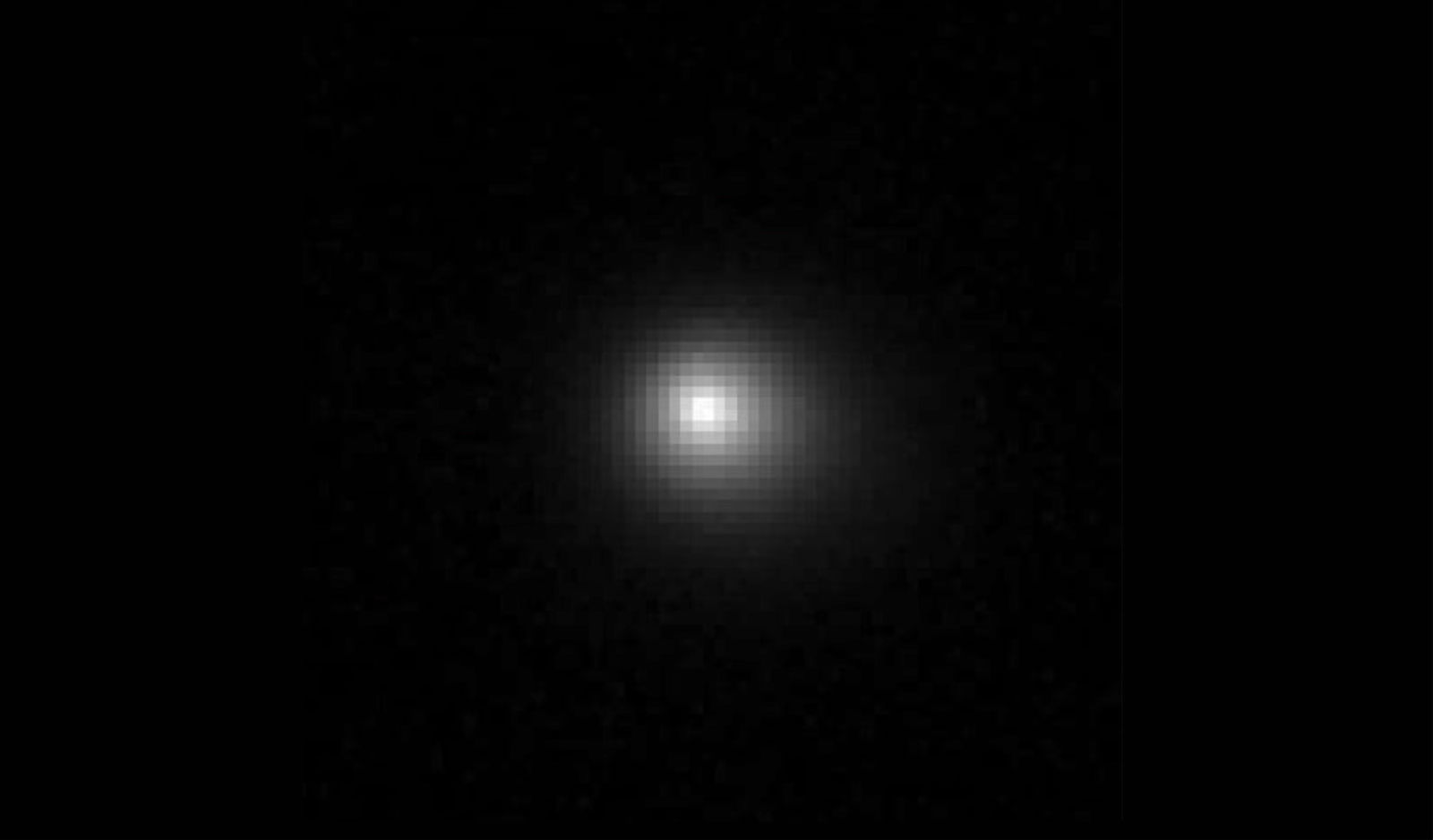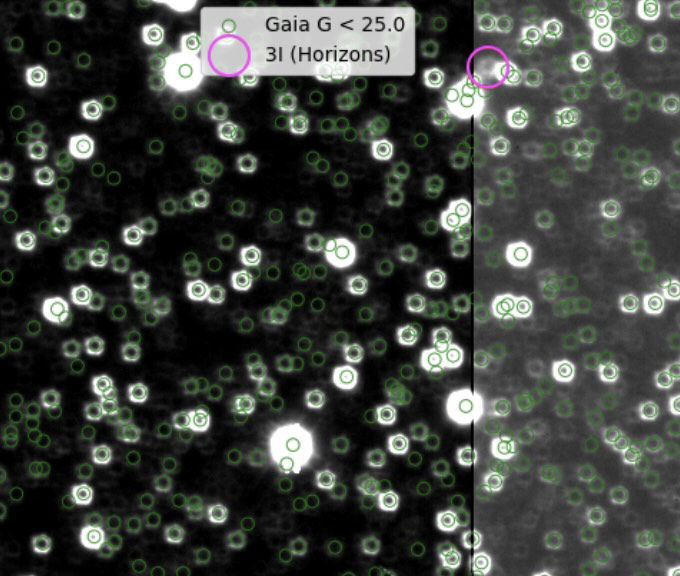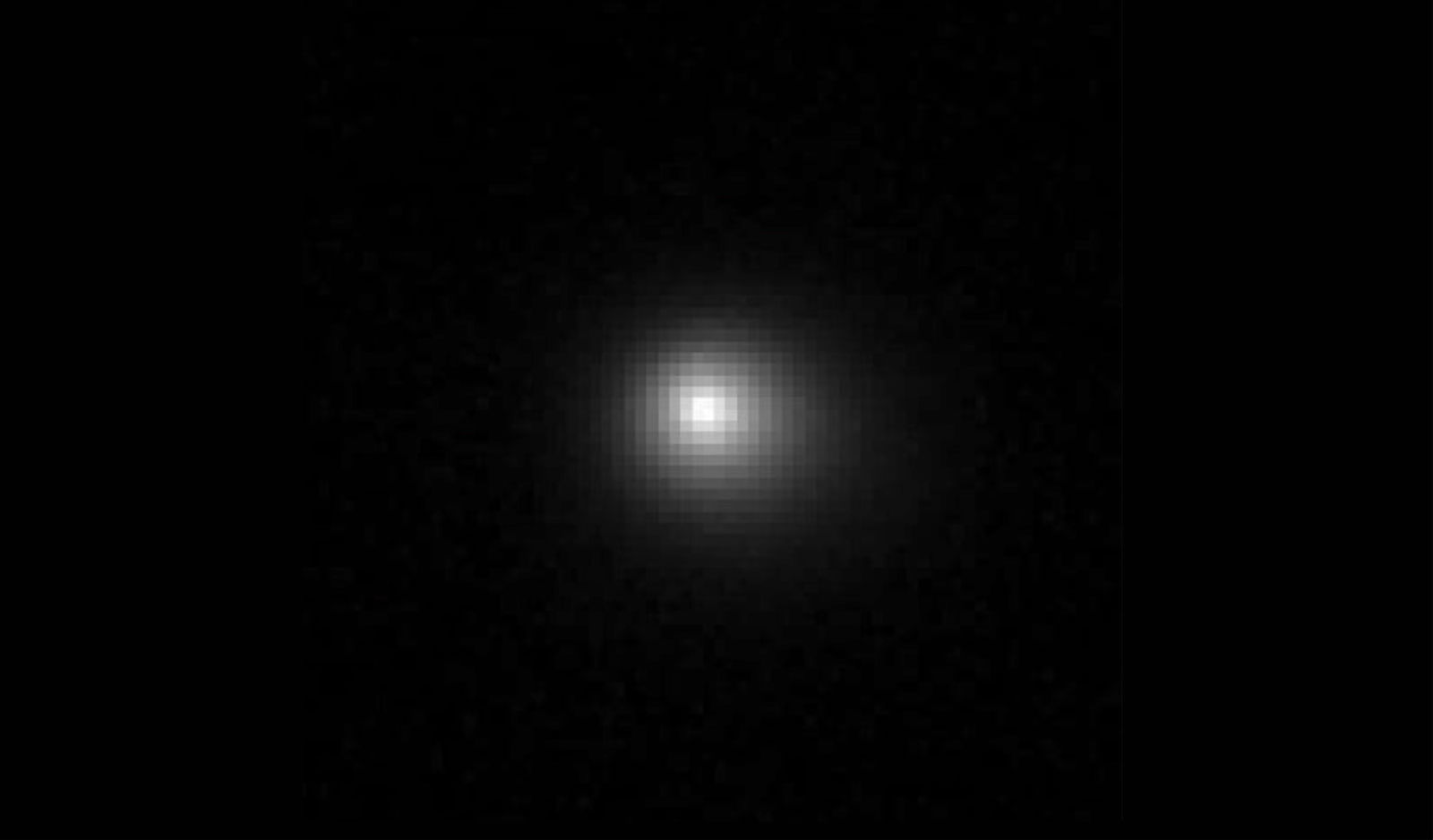The recent arrival of a mysterious new interstellar object, 3I/ATLAS, made headlines after astronomers initially spotted it in early July. However, new data from the Vera C. Rubin Observatory reveals that those initial observations by astronomers weren’t the first time Earth-based telescopes spotted the intriguing new cosmic visitor.
In a well-timed coincidence, astronomers at the Rubin Observatory succeeded in capturing 3I/ATLAS in high-resolution images several days before the discovery was officially announced, offering the earliest and most detailed observations of the object to date as astronomers continue to amass data about it.
The surprise discovery from the Rubin team is reported in a new paper, which reveals that by late June, Rubin was already obtaining imagery that revealed the interstellar object during the new observatory’s Science Validation (SV) phase.
The newly discovered images from Rubin offer the first high-resolution views of 3I/ATLAS, despite being obtained days before astronomers became aware of the object, and even prior to the telescope’s inaugural “First Look” images, which it released on June 23.
 High-resolution images of the new interstellar object 3I/ATLAS, obtained during early operation of the Vera C. Rubin Observatory (Image Credit: C.O. Chandler et al.)
High-resolution images of the new interstellar object 3I/ATLAS, obtained during early operation of the Vera C. Rubin Observatory (Image Credit: C.O. Chandler et al.)
Earliest Detection of 3I/ATLAS Revealed
“Serendipitously, the Rubin Observatory collected imaging in the area of the sky inhabited by the object during regular commissioning activities,” the authors of the new study write. “We successfully recover object detections from Rubin visits spanning UT 2025 June 21 (10 days before discovery) to UT 2025 July 7.”
With help from Rubin’s 8.4-meter Simonyi Survey Telescope and 3.2-gigapixel Legacy Survey of Space and Time (LSST) camera, 49 images of 3I/ATLAS were obtained, 37 of which were used in the new study.
 At the time the image shown above was obtained, Rubin’s instruments were still being calibrated, resulting in an unintentionally out-of-focus view. However, the Rubin team determined based on calculations by JPL Horizons that the position of 3I/ATLAS (indicated by magenta circles) does not coincide with Gaia DR3 sources, indicated by green circles (Image Credit: C.O. Chandler et al.).
At the time the image shown above was obtained, Rubin’s instruments were still being calibrated, resulting in an unintentionally out-of-focus view. However, the Rubin team determined based on calculations by JPL Horizons that the position of 3I/ATLAS (indicated by magenta circles) does not coincide with Gaia DR3 sources, indicated by green circles (Image Credit: C.O. Chandler et al.).
Although Rubin will leverage automated systems to handle its nightly data collection once it becomes fully operational, due to its pre-commissioning status, the early imagery it obtained had to be processed through customized pipelines.
Once they became available, the Rubin team says they revealed several classic behaviors commonly associated with comets: a growing coma and an expanding gas cloud and dust around its nucleus, which appears to have increased by more than 50% during the observation period as the object moves closer to the Sun.
A Cometary Oddity
There were also a few surprises revealed in the new imagery, which includes a rare sunward-facing cometary tail.
“While such a morphology is certainly unusual—given that dust tails are typically directed antisolar due to radiation pressure acting on dust grains—it is not without precedent among distant active bodies,” the authors of the new paper write.
This feature has been observed before, such as in comet C/2014 UN271, and the team reports that additional modeling of 3I/ATLAS already shows that if dust were ejected evenly in all directions, this would result in the tail pointing away from the Sun. By contrast, the sunward orientation of the object’s tail is strongly suggestive of what astronomers call anisotropic dust emission, which likely arises from material being heated and lifting off the sunlit side of the 3I/ATLAS.
Another possibility is that in some cases, the sunward-facing phenomenon could be caused by gas jets such a comet may be producing. However, in the case of 3I/ATLAS, spectroscopic observations made on July 3, 2025, detected no gas emissions from the object, which the authors of the new paper say supports the current dust emission explanation.
More Details on 3I/ATLAS Emerge
Based on Rubin’s measurements, astronomers also believe the comet’s nucleus is approximately 5.6 ± 0.7 kilometers in radius, displaying no obvious signs of non-gravitational acceleration like its interstellar predecessor, the mysterious ʻOumuamua. That isn’t to say that such effects might not ever begin to manifest, particularly as 3I/ATLAS moves closer to the Sun.
The object will reach its closest point relative to the Sun in October of this year, although during that time, the solar body will also block it from view until sometime in December. Fortunately, at least several dozen high-quality images of 3I/ATLAS will be captured before that time.
For now, the newly revealed images of 3I/ATLAS from Rubin offer not only a serendipitous surprise in our early collection of data about the object, but also a showcase for the new observatory’s remarkable capabilities.
“These data represent the earliest observations of this object by a large (≳8-meter class) telescope reported to date,” the team writes in their paper, “and illustrate the type of measurements (and discoveries) Rubin’s Legacy Survey of Space and Time (LSST) will begin to provide once operational later this year.”
The team’s new paper, “NSF-DOE Vera C. Rubin Observatory Observations of Interstellar Comet 3I/ATLAS (C/2025 N1),” was uploaded to the arXiv.org preprint server on July 17, 2025.
Micah Hanks is the Editor-in-Chief and Co-Founder of The Debrief. He can be reached by email at micah@thedebrief.org. Follow his work at micahhanks.com and on X: @MicahHanks.


